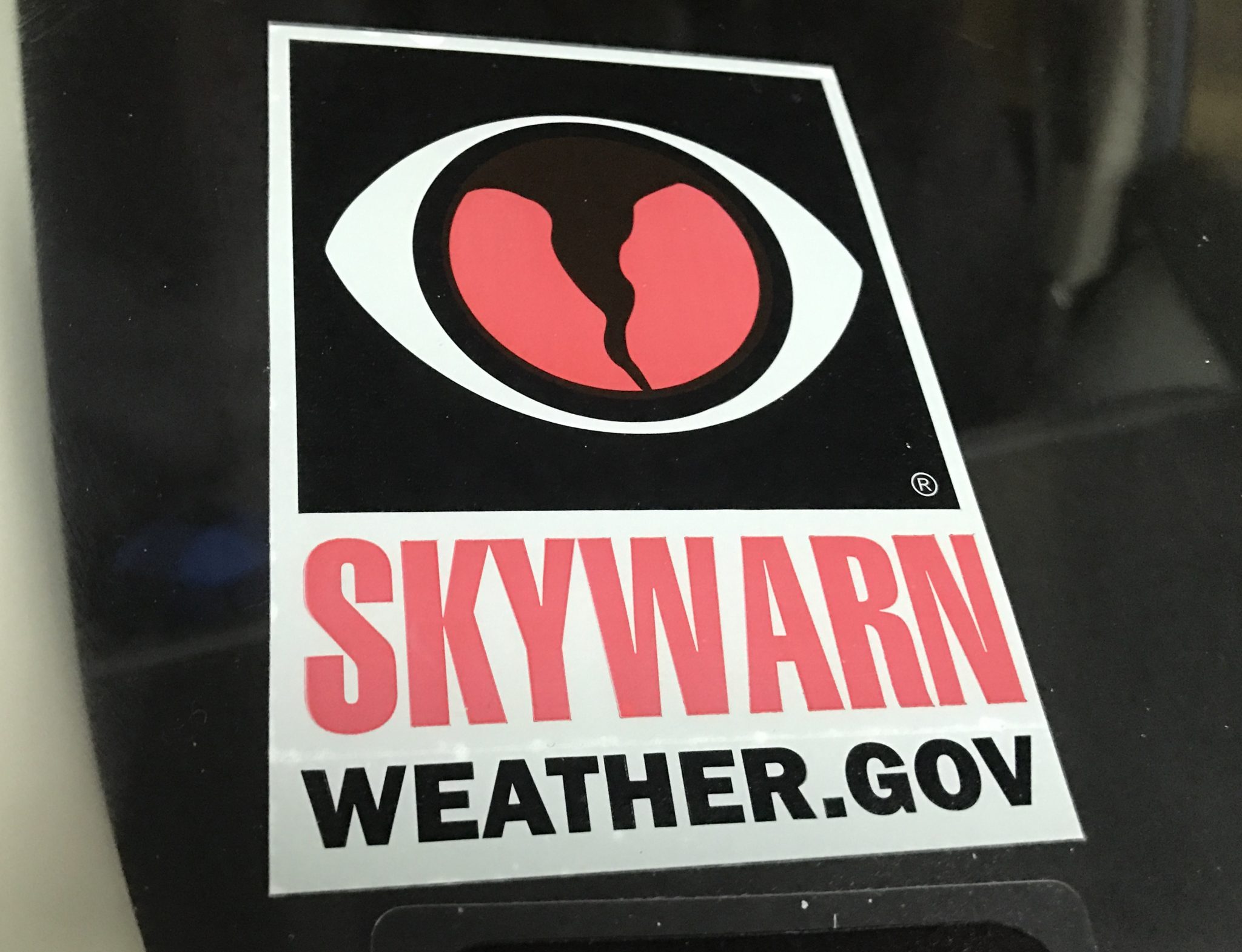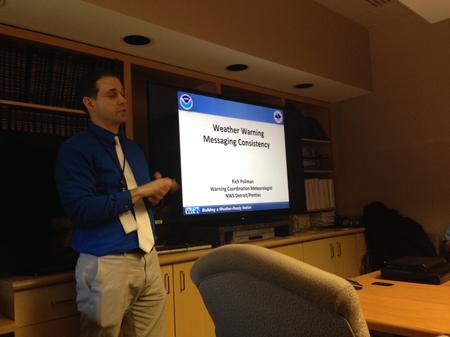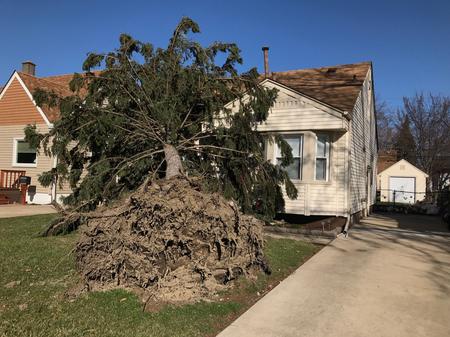How to Become a Weather Spotter
National Weather Service trains volunteers to report severe weather damage

Before Doppler radar, tornado warnings only gave people a few minutes to seek shelter. Since forecasters adopted the technology, they’ve been able to detect rotation in thunderstorms and warn the public up to 15 minutes before a possible tornado strikes. But Doppler can’t “see” whether a tornado or funnel cloud is actually forming or on the ground.
That’s where humans come in.

Every year, the National Weather Service trains volunteers to become severe weather spotters. Rich Pollman coordinates the Skywarn training program in southeast Michigan. He says trained spotters can tell NWS what’s happening on the ground.
“While we can see strong rotation in the radar data, it’s telling us what’s happening at the cloud base and in the thunderstorm itself,” Pollman says. “We can’t tell if that rotation has manifested itself as a funnel cloud or a tornado, and so spotters help us delineate that as well.”
During the 90-minute training session, spotters learn how to identify rotation in a cloud base, and determine whether a funnel cloud or tornado is forming. Once they’ve made that determination, they will contact the weather service immediately to report the storm’s location. Spotters also report significant wind damage and large hail. Those with rain gauges can also report rainfall amounts that can help forecasters issue flood warnings.
“We look for those rainfall amounts being relayed to us so that we can get a depiction of where the heaviest rain has fallen,” Pollman says. “The radar does a good job of estimating rainfall, but there’s nothing like ‘ground truth’ to corroborate what the radar is saying.”

2017 was pretty mild as far as severe weather goes. Last year, Metro Detroit had the fewest number of severe weather events since the debut of Doppler radar. But Pollman says spotters need to be ready whenever powerful storms threaten life and property.
“We still had 60 warnings, we had almost 100 severe weather events,” Pollman says. “Our spotters across southeast Michigan were the ones telling us we had wind damage or hail up to two inches in diameter.”
No tornadoes touched down in Metro Detroit in 2017, but a weak twister caused minor damage near Kingston in the Thumb area in August. A powerful windstorm with gusts up to 68 mph caused widespread property damage and power outages on March 8.
Click HERE for a calendar of spotter training events in Metro Detroit

